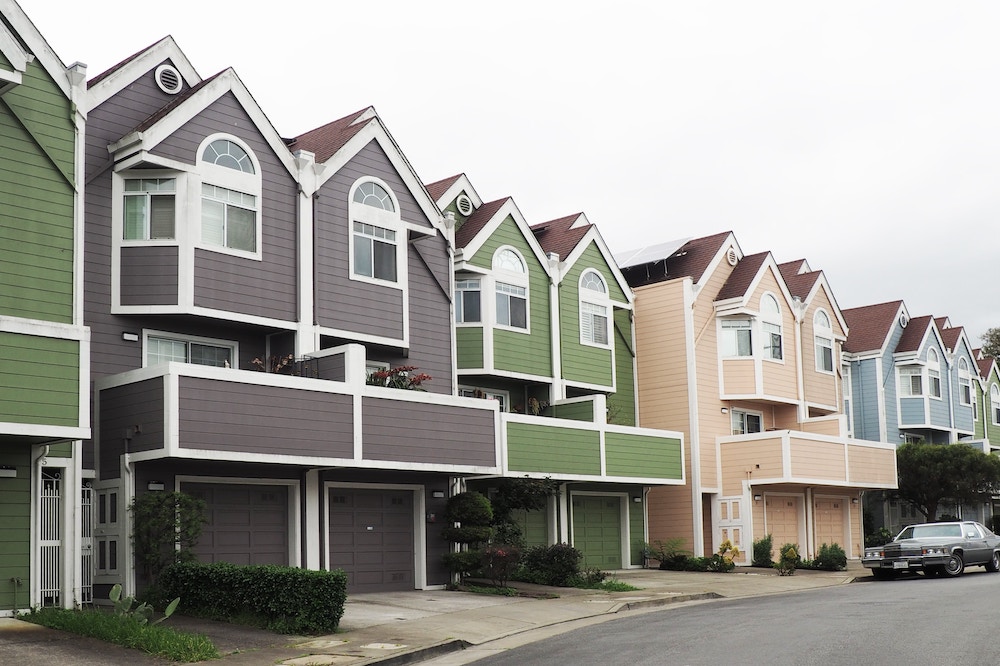Challenges with Vacant and Abandoned Properties
Communities across the country grapple with challenges posed by properties that are ‘vacant and abandoned’. The most simple definition of when a property is considered vacant and abandoned, is when its owner appears to have walked away from the property, whatever the reason, and left it for others to deal with. After a time, vacant and abandoned properties begin to suffer from poor maintenance, vandalism, or criminal activity. Subsequently it’s condition can potentially take the property values of adjacent properties down with it. Getting control of these properties and putting them in the hands of responsible owners is in everyone’s interest.
Vacant and abandoned properties and the blight that comes with them cause numerous problems for local communities- namely, decreased property values, increased safety hazards, and reduced local tax revenue. The effects snowball as the public responds to the lowered property values and health and safety concerns- one vacant property can soon lead to others and to nuisance problems that affect the quality of life for everyone in the community.
“Vacant and blighted properties make people feel less safe and less proud of their neighborhoods.” – Kim Graziani, Technical Assistance Senior Advisor for Center for Community Progress
(From “Mitigating Neighborhood Blight“, HUD User PD&R, published January 22, 2018. )
Limited resources, as well as local political and economic factors, affect how local governments, nonprofits, and neighbors are able to address vacant and abandoned properties in their area. For organizations who want to revitalize neighborhoods by identifying and turning around vacant properties for reuse, achieving these goals is made more complicated because the definition of what is considered a vacant and abandoned property varies widely from state to state, or even county to county.
Identifying Vacant and Abandoned Property in Your Area
Across the United States, there is no single standard definition of what constitutes a vacant and abandoned property. Instead, there is a patchwork of state statutes and local ordinances. Where there is no statute, local governments have to look to case law and settled court precedent for guidance. Private property rights are generally sacrosanct and local governments are rightfully leery to take action on someone’s property without first making sure that the owner won’t take issue.

In response to the absence of universal definitions of vacancy and abandonment and the resulting complications that impede local efforts to identify vacant and abandoned properties nationally, the Legal League 100 Special Initiatives Working Group, a trade group comprised of financial services law firms, has created a Vacant and Abandoned Property Law Guide. This guide offers a state-by-state review of the laws around vacant and abandoned property- summarizing relevant statutes and/or case law for each state. Except for Minnesota, Idaho, and North Carolina, where there are no statutory definitions, there is information included for every state in the US, and many are quite detailed.
Tracking Vacant and Abandoned Property in Your Area
Another significant challenge for many organizations is trying to track the number, location, and ownership of vacant properties. The information you need to collect about suspected vacant properties is often spread among several agencies, and records of ownership or responsibility for a property can be murky or dispersed among occupants, investors, or lenders. Despite these difficulties, you need recent and reliable data to understand the problems you face, inform your decisions, and tailor your responses to your community’s specific conditions and legal statutes.
If your community is grappling with vacant and abandoned property, we can offer a few suggestions for getting started:
- Get familiar with your area’s property laws and what legally defines “vacant and abandoned” in your jurisdiction.
- Gather the facts about properties of concern. You can conduct basic research at your county tax records office to see who the owners are and whether taxes are being paid.
- If the properties are in your neighborhood, visit the properties at different times of day to see if there are lights on, cars are parked outside, or trash cans out on pick-up day (indicators that the property is not abandoned and likely not vacant.
- Start tracking what is happening with the suspected vacant properties.
Our clients use the ePropertyPlus software system to organize and track the information they gather on properties they suspect might be vacant or abandoned. A particularly helpful feature of ePropertyPlus in this process is the ability to layer in parcel and GIS data from different sources to conduct strategic evaluations and resource planning.
If you are interested in learning other tips for vacant and abandoned property, contact us. Our specialization is helping local governments and land banks deal with challenges of vacant property of all kinds.



